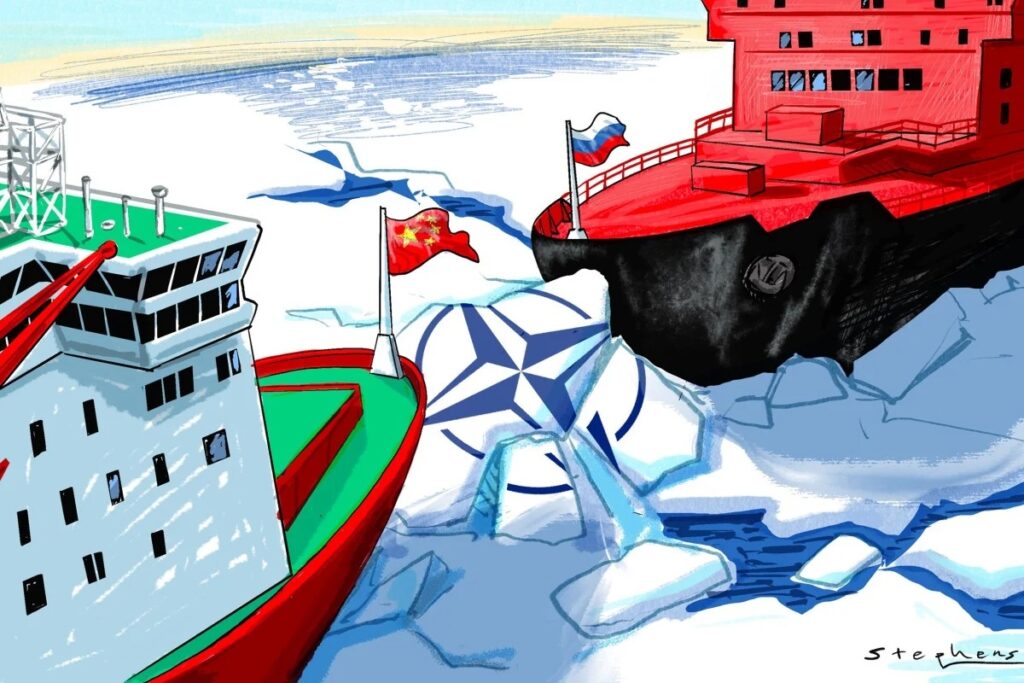On May 22, 2020, Harsh Vardhan, Minister of Health and Family Welfare, was elected the Chair of the World Health Organization’s (WHO) executive board. The 34-member body is tasked with implementing the decisions of the recently concluded World Health Assembly (WHA). The elevation affords India an important platform to steer the global public health response to COVID-19. It also comes at a time when the WHO is being rocked politically as never before.
On May 18, U.S. President Donald Trump wrote a letter to the WHO Director-General, threatening to make permanent his temporary funding freeze as well as reconsider the U.S’s membership in the organisation if the latter did not commit to major substantive reforms within 30 days. Earlier that morning by contrast, at the WHA plenary, Chinese President Xi Jinping pledged $2 billion to fight the virus, pair up 30 African hospitals with domestic counterparts, accelerate the building of the Africa Centers for Disease Control headquarters, and ensure that vaccine development in China, when available, would be made a global public good.
India’s policy approach
As WHO executive body chair, India will have to navigate this treacherous power landscape with candour and tact. Five elements should inform its policy approach. First, India must insist that epidemic prevention and control remain the international community’s foremost priority. As the virus’ chain of transmission is broken, the focus should shift to identifying the animal-to-human transmission origins of SARS-CoV-2. China shares an important interest in facilitating international access to investigate COVID-19’s zoonotic origins; Wuhan and other previously infected zones could yet be susceptible to the risk of viral reintroduction.
Next, India should lean on the WHO secretariat to fast-track the “impartial, independent, and comprehensive review” of the WHO’s – and China’s – early response to the outbreak. The review’s findings should illuminate best practice and highlight areas for improvement, both in the WHO’s leadership and capacity as well as member states’ implementation of the International Health Regulations. For those in New Delhi inclined to relish the prospect of Beijing’s comeuppance, the review’s findings may yet sorely disappoint. The WHO-China Joint Mission featuring renowned global epidemiologists had termed China’s early COVID-19 response as the “most ambitious, agile and aggressive disease containment effort in history”.
Third, India must promote the establishment of an appropriate multilateral governance mechanism for ensuring equitable access to COVID-19 therapeutics and vaccines for all countries. The envisaged voluntary pooling mechanism to collect patent rights and regulatory test data should be suitably tailored to the needs of crisis, and the World Trade Organization’s intellectual property rights provisions overridden (as is allowed during a public health emergency) to assure affordable vaccine availability.
Fourth, India must stay aloof from the West’s campaign to re-seat Taiwan as an observer at the WHA. When Taipei last attended in 2016, it did so under the explicit aegis of UN General Assembly Resolution 2758, whereby the UN considers Taiwan to be an integral part of the People’s Republic of China. That the independence-minded Tsai government is unwilling to concede this basis for attendance has more to do with domestic political manoeuvring than Chinese or international ostracism.
Finally, India must lead the call for a permanent global ban on the consumption and trade of wild animals, with limited exceptions built-in for scientific research, species protection and traditional livelihood interests. With two-thirds of emerging infections and diseases now arising from wildlife, the destruction of natural habitats and biodiversity loss must be taken much more seriously. India has its work cut out. The government should seize the moment.
This article was originally published on The Hindu website.






The Nordic Reaction to America’s Arctic Posture